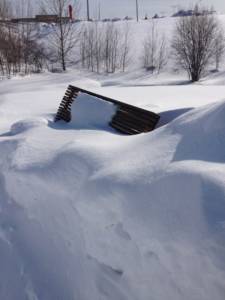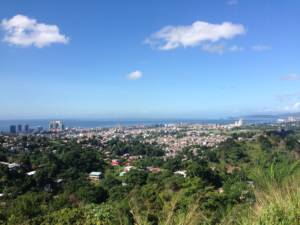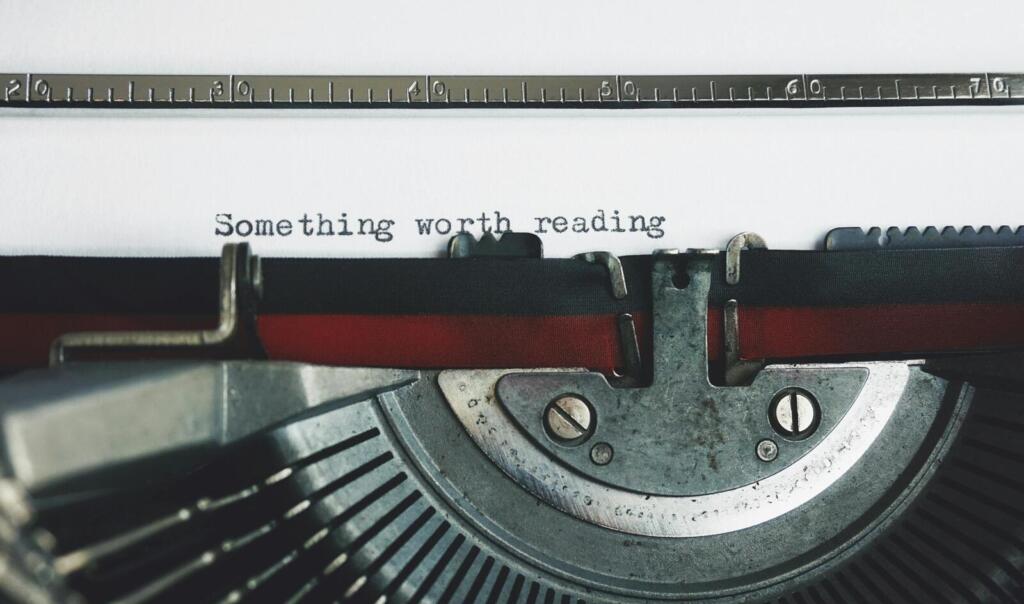As a graduate of the Public Health Agency of Canada’s (PHAC) Canadian Field Epidemiology Program (CFEP) I am often connected with people interested in learning more about the program.
Over the years, I have received and answered a number of questions regarding the program. I have realized that a lot of the questions fall into the following three main categories:
- What is your background? How did you become interested in Field Epidemiology?
- What does a Field Epidemiologist actually do?
- How do I become a Field Epidemiologist? What is the application process like?
Based on the conversations I have had over the years, I have written a three-part series blog to reach more public health professionals and help answer questions they may have about the program!
This blog tackles Question 2!
Field Epidemiology: The Life of a Field Epidemiologist
I was a field epidemiologist with the Canadian Field Epidemiology Program (CFEP) from 2013-2015 where I was placed in the Surveillance and Assessment branch of Alberta Health in Edmonton, Alberta. One of the best aspects of CFEP is that the work you do varies depending on your own interests (yes, you get to choose a lot of what you work on!) as well as the type of work undertaken at your placement site. As a result, every field epidemiologist’s experience is different; today I will share with you highlights from my own experience to give you a snapshot into the life of a field epidemiologist.
Training
A key part of CFEP is training – both organized training put on by the program for all field epidemiologists, as well as opportunities you find for yourself. In the first month of the program, I spent three and a half weeks in Ottawa completing orientation with my new cohort as well as the “Epidemiology in Action” course. I also participated in four additional weeks of training each year. Most of these were held in Ottawa, but I also travelled to Quebec for a week of training. Some of the training topics included: communication, advanced epidemiological analyses (e.g., time series analysis, GIS analysis), STATA, surveillance evaluations, writing/editing, mass gathering surveillance and molecular epidemiology. These trainings were well developed and always included applied components along with lectures and presentations. External participants were usually invited to attend as well, so training weeks were a great opportunity to network with other public health professionals while learning new skills.
In addition, I took several SAS courses throughout my field epidemiology term to improve my SAS skills. This was an example of a training opportunity I found for myself.
Mobilizations: From the Snowy North to the Sunny Caribbean
Mobilizations are the most well known (and, in my opinion, the best!) part of the CFEP program. Field epidemiologists are mobilized within Canada, and sometimes internationally, to help with urgent public health issues, often in as little as 24-72 hours. During my term, I eagerly waited for the moment when my phone would ring and my CFEP program director would be on the other end to tell me I was being mobilized.

The first time this happened was March 2014. I was working at my desk in Edmonton when my program director called me from Ottawa to say they were sending me to Northern Manitoba to assist with a tuberculosis (TB) outbreak in a homeless shelter. I arrived in Northern Manitoba a few days later in the middle of a snowstorm with temperatures hovering around -40. There was more snow on the ground than I had ever seen – it was truly higher than all of the houses (and I’m from the prairies, I am well versed in snow!).
I spent the next three weeks working with the TB team to collect, enter and analyze data to establish priority contacts for screening of active TB among shelter staff and residents. I loved my experience in Northern Manitoba (despite the weather). It took me out of my comfort zone and challenged me with a topic I wasn’t very familiar with. I was pleased to be able to present on this work at a conference the next year.
My next mobilization happened approximately six months later and, weather-wise, could not be more different. I completed a three-month placement with the Caribbean Public Health Agency (CARPHA) in Port of Spain, Trinidad and Tobago from September to December, 2014. I had three primary projects during my time there:
- Developing a regional protocol for the management and surveillance
 of issues of public health significance on cruise ships coming to the Caribbean.
of issues of public health significance on cruise ships coming to the Caribbean. - Developing a regional protocol for reporting illnesses and injuries among guests and staff in hotels in the Caribbean to the Caribbean Public Health Agency.
- Providing epidemiological support to high priority issues in the Caribbean, specifically: Ebola and Chikungunya.
I learned a great deal during my time in Trinidad and I met some wonderful people. It also challenged me everyday, both personally and professionally.
Professional Experience Guidelines (PEGs)
Much of the work I completed during my time as a field epidemiologist was guided by nine PEGs (Professional Experience Guidelines) that must be completed to graduate from CFEP. Below are some examples of work that I completed for each of the PEGs:
- Field investigation
Aside from my mobilization to Northern Manitoba, I was also actively involved in several outbreak investigations that occurred in Alberta. I love outbreak investigations, so this was my favorite part of my placement. The most memorable for me was an E. coli O157 outbreak investigation in Alberta found to be associated with pork – the second largest E. coli outbreak in Canadian history! - Epidemiologic analysis
As one example, I completed a retrospective cohort study of patients in a hospital unit that were experiencing an increase in gastrointestinal symptoms. I spent several weeks in the hospital completing a chart review for all patients during the study time period, analyzed the data and prepared a comprehensive report with recommendations. This project was really interesting for me, as it was something I had not done before and I had to learn a lot of medical terminology to be able to complete the chart review. - Public health surveillance system
I evaluated the Adverse Events Following Immunization (AEFI) surveillance system in Alberta to assess how timely and sensitive the system was. This was a significant undertaking that involved complex analyses and I worked on this evaluation throughout the two years I was in CFEP. - Peer-reviewed journal
In my first few months as a field epidemiologist, I provided epidemiological support to a measles outbreak among a non-immunizing community in Alberta. I later published an article on the outbreak in CCDR. - Public health update
I wrote several short articles for internal publications within Alberta Health focusing on measles, chikungunya and brucellosis. - Oral presentation
I completed several oral presentations, including two CFEP Seminar presentations on measles and my mobilization to Trinidad and Tobago, as well as an oral presentation on my surveillance evaluation at the CFEP surveillance week in Ottawa. - Conference abstract
I submitted, and had accepted, an abstract to the International Union on TB/Lung Disease conference to present on my TB mobilization to Northern Manitoba. I also had an abstract accepted to ESCAIDE in Sweden on the measles outbreak in a non-immunizing community, but I was unable to attend as I was in Trinidad at the time so another member of the team presented on my behalf. - General communication
I completed seven guidance documents for the CARPHA website on Ebola and chikungunya during my mobilization to Trinidad and Tobago. This was exciting for me because I helped write the guidelines that said CARPHA was not recommending any travel bans for travelers coming from Ebola affected countries to the Caribbean. - Public health service
Aside from my mobilization to Trinidad and Tobago, I also designed and facilitated a workshop on Pajek social networking software for my placement site and I guest lectured on outbreak investigations for a public health inspector class.
My two years as a field epidemiologist with CFEP were the best two years of my professional life (thus far). If I could repeat the program again, I would in a heartbeat! Unfortunately, it truly is a once in a lifetime opportunity. So, now it’s your turn to apply!
Disclaimer: The views and opinions expressed in this blog are those of the author and do not necessarily reflect the views of the Canadian Field Epidemiology Program or the Public Health Agency of Canada.
Continue reading – Field Epidemiology (Part 3): How do I become a Field Epidemiologist?
Wondering what my background was prior to becoming a Field Epidemiologist? Read Part I: Field Epidemiology: An Origin Story.
Sign up to the PH SPOT newsletter to be notified when new blogs are posted.
Comment below if you have any questions regarding the blog, or have thoughts to share about it!
For more information on the Canadian Field Epidemiology Program, please visit: https://www.canada.ca/en/public-health/services/public-health-practice/canadian-field-epidemiology-program.html






